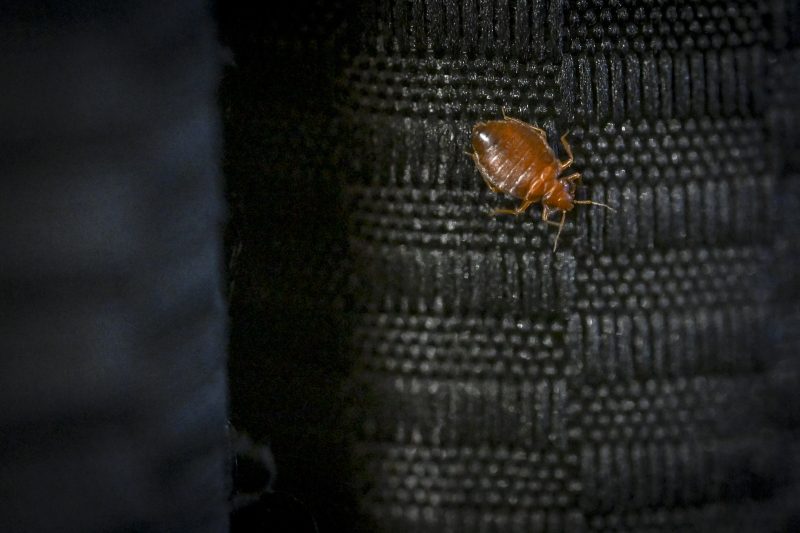Understanding Bed Bugs and Their Impact
Bed bugs are small, elusive pests that can cause a lot of discomfort. These reddish-brown insects are typically flat and about the size of Abraham Lincoln’s head on a penny. They do not have wings, which makes them difficult to spot. Despite their small size, bed bugs can have a significant impact on those they bite.
What Do Bed Bugs Look Like?
Bed bugs are often described as being similar in appearance to apple seeds. They are oval-shaped and can range in color from light brown to dark red, depending on how recently they have fed. These pests are most active at night and rely on blood meals to survive. Unlike other insects, bed bugs do not fly, but they can move quickly across surfaces.
Support kami, ada hadiah spesial untuk anda.
Klik di sini: https://indonesiacrowd.com/support-bonus/
Are Bed Bug Bites Itchy?
One of the most common concerns about bed bugs is the itching caused by their bites. While they do not transmit diseases to humans, their bites can lead to severe itching. This can interfere with sleep and may result in secondary skin infections if the area is scratched excessively. Most people do not realize they have been bitten until several days later, when the characteristic red, swollen marks appear. These bites often resemble mosquito or flea bites and can occur in random patterns or in straight lines.
How to Treat Bed Bug Bites
If you experience itching from bed bug bites, the Centers for Disease Control and Prevention (CDC) recommends applying anti-itch cream to the affected areas. Over-the-counter remedies such as hydrocortisone or antihistamines can help reduce discomfort. However, it is important to avoid scratching the bites to prevent infection.
Dealing with a Bed Bug Infestation
Treating a bed bug infestation requires more than just addressing the bites. The CDC advises contacting a professional pest control company that specializes in bed bug eradication. These experts can use targeted insecticides to eliminate the infestation effectively. In the meantime, there are steps you can take to prevent the spread of bed bugs:
Support us — there's a special gift for you.
Click here: https://indonesiacrowd.com/support-bonus/
- Seal crevices: Use caulk to fill small gaps where bed bugs might hide.
- Dispose of infested items: If possible, seal infested items in plastic bags before discarding them.
- Use protective covers: Invest in mattress and box spring covers designed to prevent bed bugs from hiding.
- Clean laundry and closets: Use a clothes dryer on high heat to kill any bed bugs that may be present in your clothing or linens.
- Vacuum regularly: Thoroughly vacuum affected areas to remove any bed bugs and their eggs.
The Environmental Protection Agency (EPA) also provides an at-home guide to help individuals manage bed bug infestations. This resource includes detailed instructions on identifying, treating, and preventing future infestations.
Preventing Future Infestations
Prevention is key when it comes to bed bugs. Regularly inspecting your home, especially around beds and furniture, can help catch an infestation early. When traveling, check hotel rooms for signs of bed bugs, such as small, dark spots on bedding or furniture. By staying vigilant and taking proactive measures, you can significantly reduce the risk of encountering these pests.







